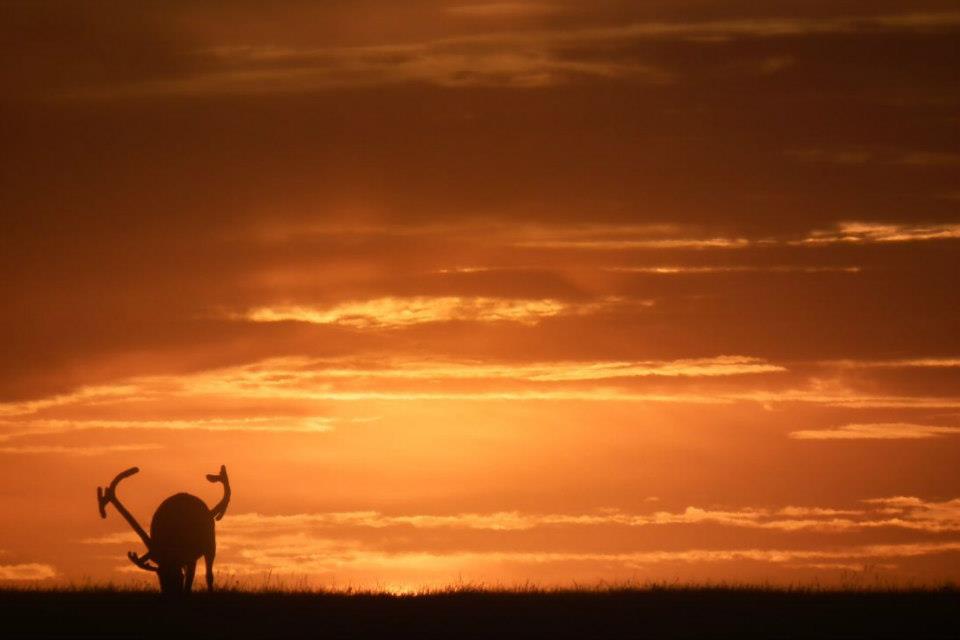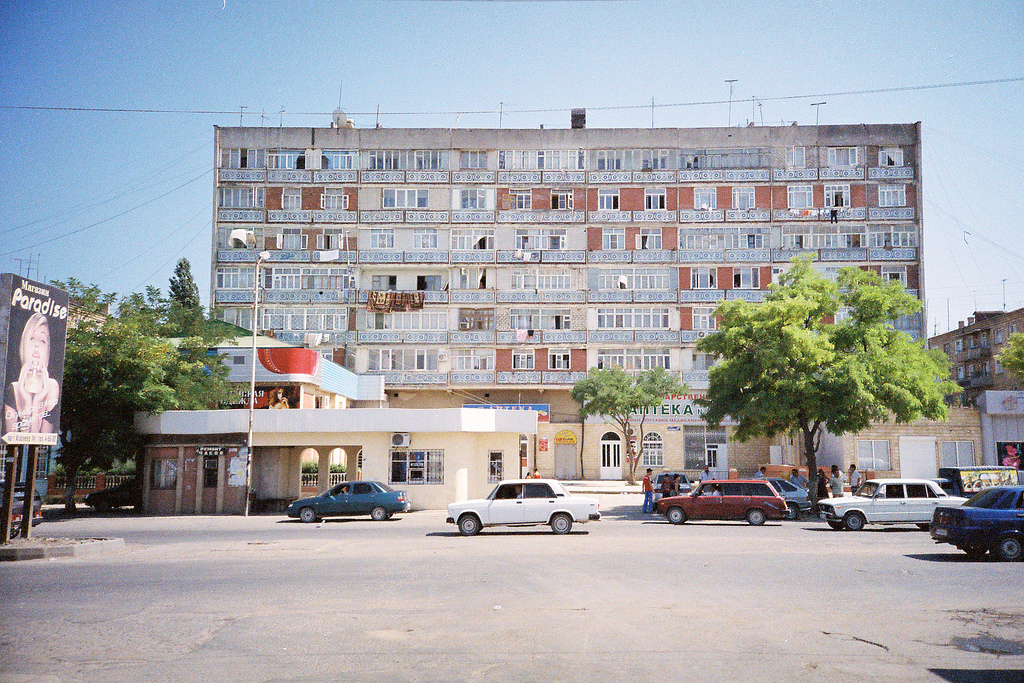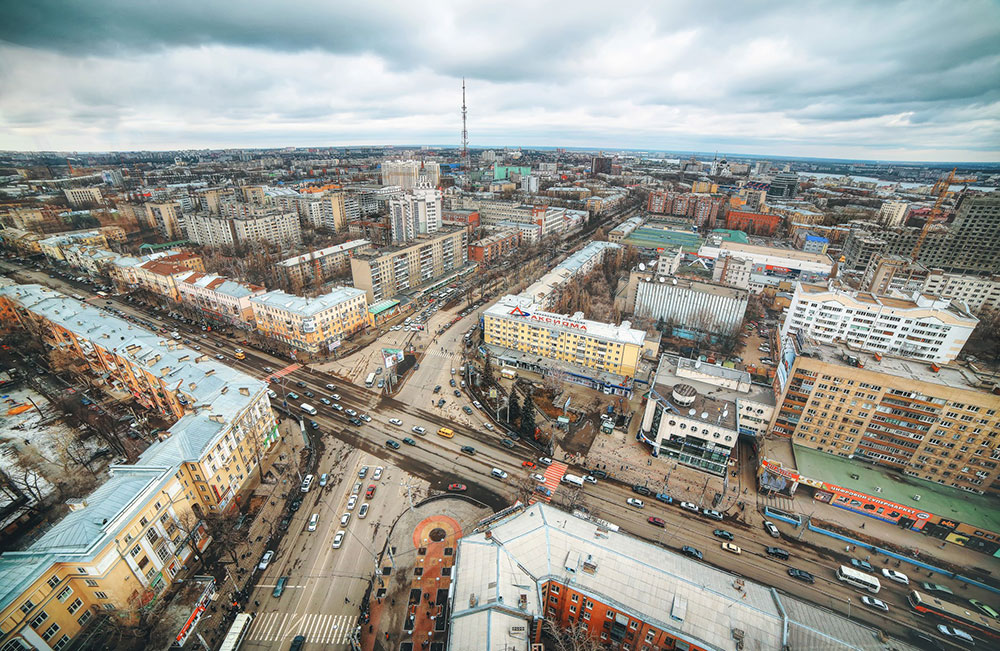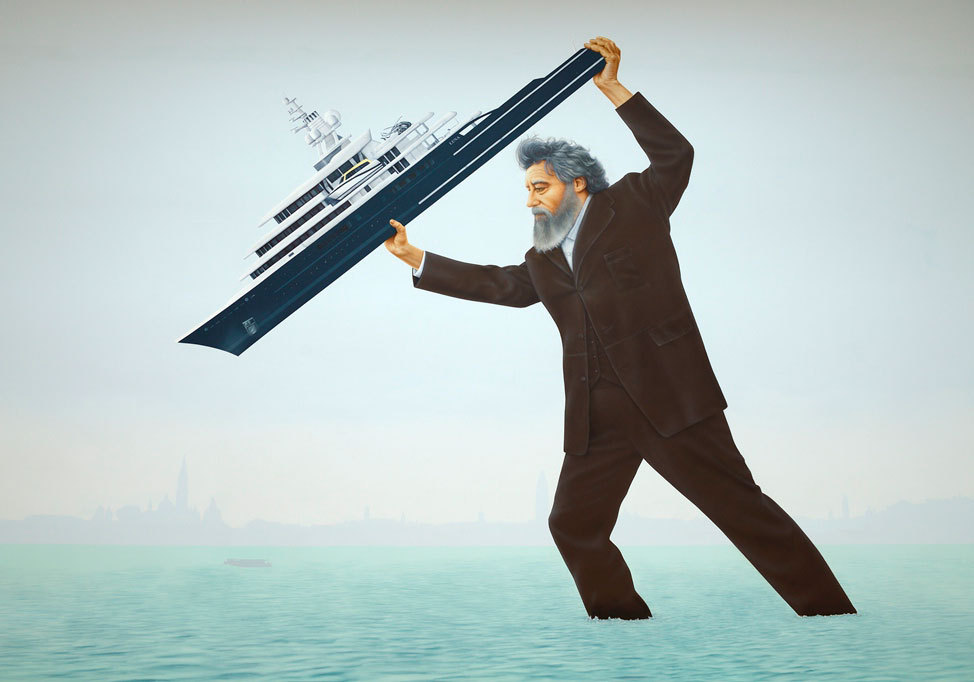Letter from: on the edge of the world in Yamalo-Nenets

With the help of the local government, the people of Yamalo-Nenets have preserved their national identity and traditional culture more than any other ethnic group in Russia, writes Edward Adrian-Vallance
On the Edge of the World, as the Yamal Peninsula’s name translates from the local language, a single raindrop splashes onto the springy moss carpet of the tundra. The land stretches as far as the eye can see, interrupted only by the red and yellow cloudberries which nestle among the lichens and sedges. Just over a kilometre away, the brooding greys and blacks of Yamal’s low-hanging clouds are reflected in one of the peninsula’s 50,000 lakes, bearing the threat of stormy weather.
More raindrops follow — not a good sign for the reindeer-herding nomads who will soon compete in traditional sports such as reindeer-sledge racing, wrestling, tug of war and lassoing to celebrate the International Day of the World’s Indigenous People on 9 August.
“Every man can recognise his own reindeer by their faces and fur patterns among thousands of others at a distance of up to 20 metres”
Of more than 100 ethnic groups inhabiting Russia, the Arctic Nenets people have preserved their national identity and traditional culture to a greater extent than any others. A glance around the nomadic encampment is enough to confirm this: seven conical white tents known as chums (pronounced “chooms”) are surrounded by dozens of wooden, hand-carved sledges. Pulled by reindeer, the nomads travel over 1,000km each year with their homes and all their possessions in search of fresh grazing spots. People waiting for the coming festivities and chatting away in the Nenets language are dressed in clothing made from reindeer fur, hand-sewn using reindeer sinew as thread.
I am here with a small team sent by the local government and the management of one of Yamal’s state farms, institutions which to this day own almost half the peninsula’s reindeer. They will be handing out prizes to the winners of the day’s events. We stand in a circle and listen to the farm management read out a report on the year’s migration, including changes in herd size and the proportion of females. Sledges bringing nomads from other encampments, each pulled by four or five reindeer directed by means of a three-metre wooden pole, bounce over the tundra towards us from the direction of the lake, their drivers swelling the numbers of our gathering.
Once the talk is over, people head off on sledges into the tundra. Half an hour later a dark smudge of colour appears on the horizon and gradually approaches. Within an hour, a herd of several thousand reindeer has arrived. They gallop around and through the camp but are soon redirected back to the centre by dogs who get to work without the need for commands. The men stand still, reindeer rawhide lassos in hand, waiting until they see one of their own animals run past. When this happens, with a flick of their arm, the lasso sails through the air to catch on the antlers or hind leg of a reindeer.
These people’s knowledge of their herd is astounding. Every man can recognise his own reindeer by their faces and fur patterns among thousands of others at a distance of up to 20 metres. They don’t just lasso the first that passes them but wait instead until they spy one that can be used for races. This means it must be a castrated male transport deer, and one that they know is in good form, not tired from pulling sledges over recent days.
“Over 50% of the peninsula’s indigenous population choose to return to nomadic life after school or higher education, a situation almost unique among tribal people anywhere”
Two little girls next to me, previously silent, suddenly start shouting excitedly and pointing at a reindeer as it passes us. “That’s one of our hand-raised reindeer!” one of them tells me in accented and broken Russian. Hand-raised reindeer are those whose parents die while they are too young to fend for themselves. They are taken into the chum and raised among the people and even fed human food. Throughout their lives they move freely between the herd and the chum.
The girl’s rudimentary knowledge of Russian indicates that she has started boarding school. After early years spent entirely in the tundra, nomadic children study in a village from the age of seven onwards. They are collected from camps by helicopter and dropped back off to spend the holidays with their parents. Despite spending so much time removed from the tundra, over 50% of the peninsula’s indigenous population choose to return to nomadic life after school or higher education, a situation almost unique among tribal people anywhere.
One of the reasons that nomadic reindeer herding on Yamal has remained a prestigious and economically viable way of life are the forward-thinking policies that the government adopted during the Soviet Union. In contrast to other regions in the Russian North, meat production here was given priority over the practice of sedenterisation — the forced restriction of nomadic movements. Whole families were allowed to continue migrating year round in Yamal, whereas in other areas they were forcibly settled in villages, men alone working three-month shifts on the tundra. On Yamal, the tundra and the chum remained the home, whereas in other areas they came to be seen as places of male work unfit for women and children. Today, Yamal is Russia’s largest producer of reindeer meat and an example of how governments can interact with tribal people in a mutually beneficial way.
To roars from the fur-clad crowd, the sledges leap into action. The race is on. Drivers beat the reindeer with long, wooden poles and fly off into the swampy tundra in the pouring rain. Mud flies up in their faces, some fall off their sledges as they try to turn back for the return leg too fast, but all arrive to laughter and cheers at the finish line. The Yamal government organises this and other festivals throughout the year at which nomads compete in traditional sports. It would be no bad thing if governments elsewhere sponsored indigenous culture in similar ways.











